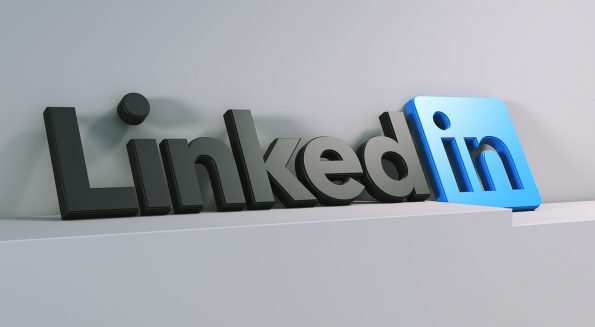How To Leverage The Reciprocity Principle On LinkedIn For Your B2B
LinkedIn is among the most trusted social media platforms
in the US, making it one of the best platforms for B2B marketers hoping to find great leads. However, converting leads into customers on LinkedIn can be a challenge. But with the right tricks and strategies, such as the reciprocity principle, it is possible to wow prospects and win business.

Image source: https://pixabay.com/illustrations/linkedin-social-network-icons-3504141/
So, What Is Reciprocity Principle
Reciprocity is a fundamental principle of human psychology. The principle describes the human nature of wanting to offer something in return for something they receive from another person.
In other words, it can be described as the feeling of indebtedness you get when someone offers you something without expecting something in return. When used in marketing, reciprocity can be an excellent way of converting your audience into paying customers.
An excellent example of the reciprocity principle is when a salesperson gives a free item to a potential buyer, hoping they will be compelled to return the favor by buying something.
How to Leverage the Power of Reciprocity on LinkedIn?
Start with Getting the Best Talent
The results of your marketing strategy can only be as good as your marketing team. No matter how great a platform is for marketing, you may not get the most out of it if you do not have the right talent on your side.
Attracting and maintaining the right talent requires an intentional effort to make the work environment conducive. The best way of knowing if your company is employee-friendly is by having your employees review your company.
But being the employer, your employees may not give an honest opinion to you for several reasons, including the fear of being reprimanded.
The good news is that encouraging employees to share reviews on independent employer review sites such as jobsage.com can help you know how they think about your company. That way, you will make the right decisions to ensure that your company stays competitive in the talent market.
Be Willing to Offer Something First
Giving produces a feeling of wanting to offer something in return and is often a good way to convert your audience into customers.
Whether you are cold pitching prospective clients via LinkedIn messaging or running an ad, offering your audience something rather than telling them what to buy from you can work magic in your campaign.
It could be anything. For example, a trial or helpful content they otherwise would not get for free. Free stuff evokes feelings of indebtedness that can effectively convert your audience into paying customers.
Make the Customer Feel Special
While offering something first is an effective way of getting your audience to reciprocate by making a purchase, it is essential to understand that almost every other business out there is doing the same. So you may need to take your efforts a notch higher by making the customer feel special.
You can achieve this by sending them a specialized note or giving them the chance to choose their preferred reward instead of offering what you think they want.
Showing your audience an opportunity to choose their rewards from your selection helps make the customer feel special and more than just a revenue source.
Offer Help to Your Audience
Today’s customer wants to make an informed decision before paying for a service or product. You can leverage this inquisitive nature of prospective clients by posting regular content that can help answer their questions.
Posting regular informative and helpful content will have your audience thinking about you first when they need an answer to a question in your area of expertise.
When offering answers or any help, ensure that you are not “salesy” in your language. This creates an impression of a genuine effort to help, which can go a long way in building trust.
Keep Tabs with Customers Even After a Sale
It costs much less to keep an existing customer than to get one, so you may want to develop ways of ensuring that you stay connected to the customer even after making a sale. Offering something in return for their purchase can be an excellent way of ensuring continuity in your relationship with your customer.
This way, a customer will feel you didn’t need them for the money only and that you genuinely care. After the reward, you can follow them up to know how your service or product is helping them and give them informative content on maximizing your product or service’s potential.
The reciprocity principle can also present a perfect opportunities to upsell your customers who are by now loyal and may not mind getting another product from you.

